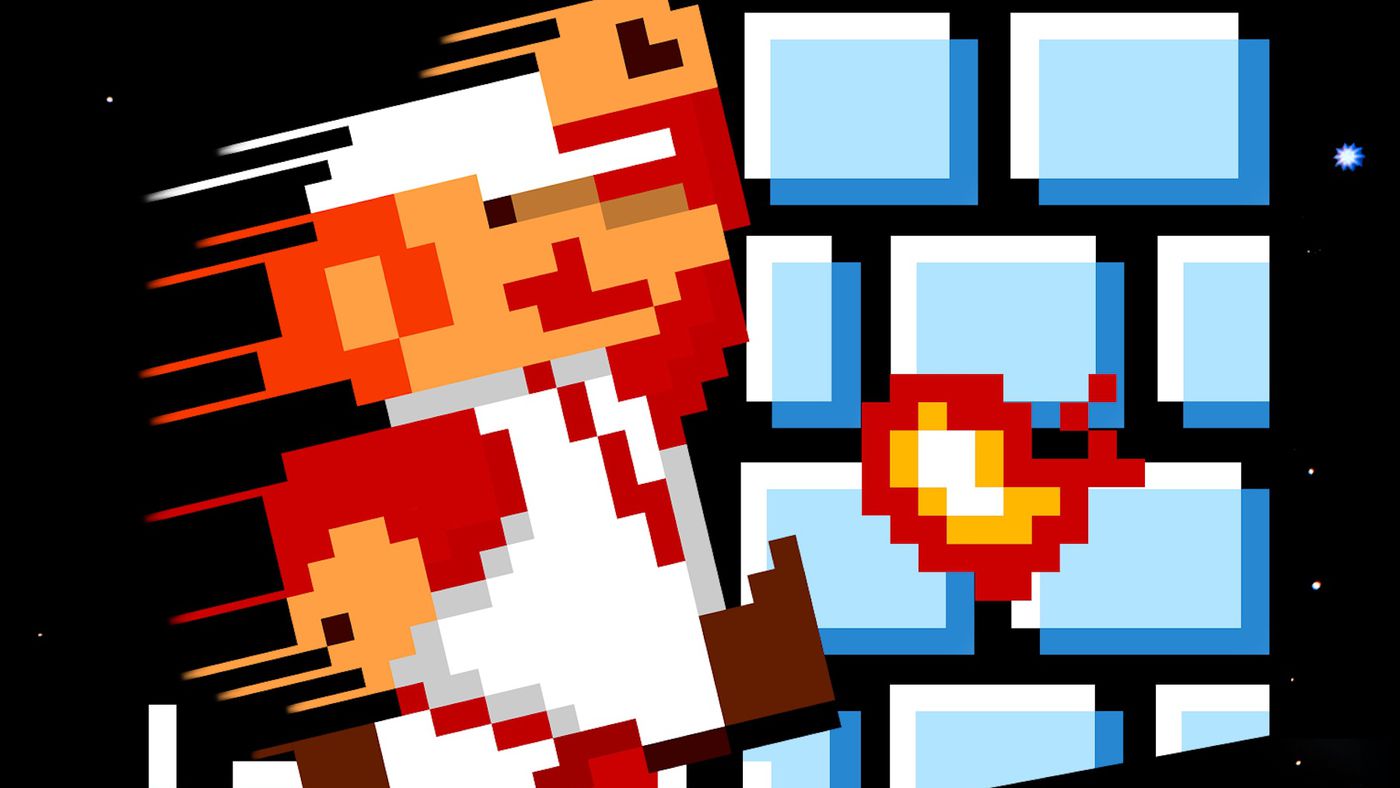Share
The RTS genre has grown by leaps and bounds over the years, but the core tenets remain the same all these years later. Even while new and shiny RTS games release, many fans still gravitate toward classic titles, and that’s especially true with Age of Empires 2. Over twenty years after its original release Age of Empires 2 is still going strong, and the reason behind that lies in its masterful, timeless design.
Age of Empires 2 is the definition of one of those games that people say “easy to learn, hard to master.” The game intentionally makes the beginning ages slower, letting players formulate strategies early on. The beauty of that approach is that practically any playstyle can win a match in Age of Empires 2. Where other RTS games require players to focus exclusively on military tactics, Age of Empires 2 opens up a wealth of other avenues, and it’s what has kept the game relevant for so long.
Although there are a wealth of civilizations in Age of Empires 2, each one functions the same in terms of basic gameplay. However, the civs all have unique units and tech trees that really add to the idea of asymmetric design. This means that anyone can pick up any of the civs and know what to do, but digging into the tech trees and options allows someone to start formulating new strategies. For example, the Japanese civ is highly focused on infantry, with the fastest infantry attack speed in the entire game, and the powerful Samurai unit.

There are other minute details that separate the Japanese, like fishing boats having double the hit points, and the ability to build Lumber and Mining camps for a lower cost. Compare this to a civ like the Persians who have exceptionally strong cavalry but weak infantry, and get a big resource boost at the beginning of the game.
Those asymmetric elements are bolstered by an almost perfect balance of macro and micromanagement. What I mean by this is that Age of Empires 2 puts just as big an emphasis on smaller tasks as larger ones. Coordinating villagers to gather resources is important, but the game streamlines it enough that you don’t have to constantly be on top of every single villager.
The tech trees and research specific to each building makes it easy to upgrade your units without having to dig through menus. Games like StarCraft require a lot of micromanagement in competitive play, with players having to be cognisant of every unit and aspect of their army. That’s not to say Age of Empires 2 can’t have that same level of micromanagement, it’s just not necessary to successfully win a match. Managing the overall economy and tech advancement of your civ can give you just as much of an advantage as incredible micromanegment.

Outside of the core gameplay design, Age of Empires 2’s visual and UI design is another part of what makes the game so inviting. The sprite-based graphics look absolutely gorgeous, even if you’re playing the original version of the game, and each civilization has a distinct style. On top of that, the UI is easy to navigate and simply makes sense. Icons are big and bright, and commands for units have easy to interpret pictures denoting things like hold ground or set a patrol route. The visuals all flow together perfectly, and it’s telling that Age of Empires 2 simply gave the game a new coat of polish, and didn’t make any massive changes on both the gameplay and graphics front.
Even after all these years, Age of Empires 2 has a robust competitive scene. The game thrives on unpredictability, and players need to constantly switch up their tactics and approaches in the middle of a match. It’s almost like a tug-of-war between two players trying to throw the other off with a new strategy, and it makes matches dynamic for fans watching. Age of Empires 3, while great in its own right, simply didn’t live up to the legacy of Age of Empires 2, mostly because of its “dumbing down” of mechanics.
Age of Empires 2 wasn’t content to follow in a line of RTS games when it was released but deigned to try something new, and it succeeded wildly. To many, it’s the perfect RTS, and it’s little wonder considering the accessibility and depth simultaneously present.




